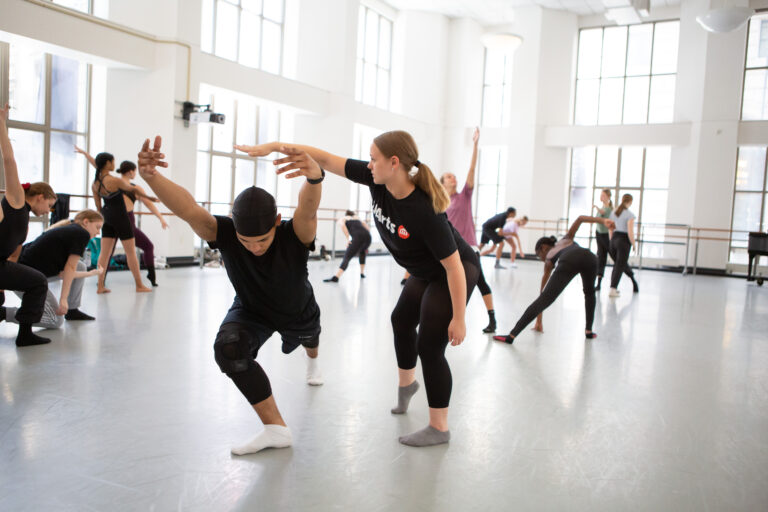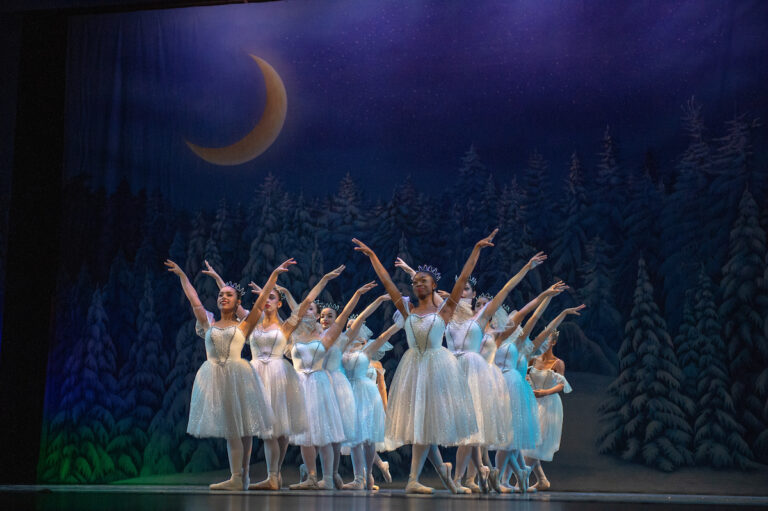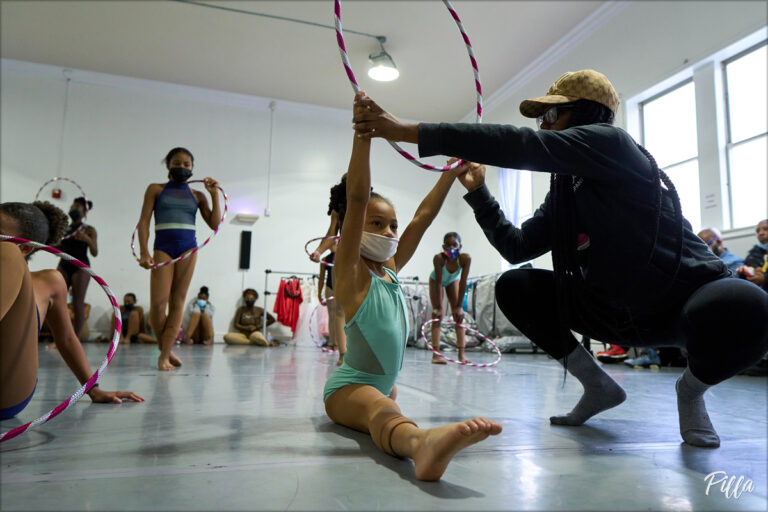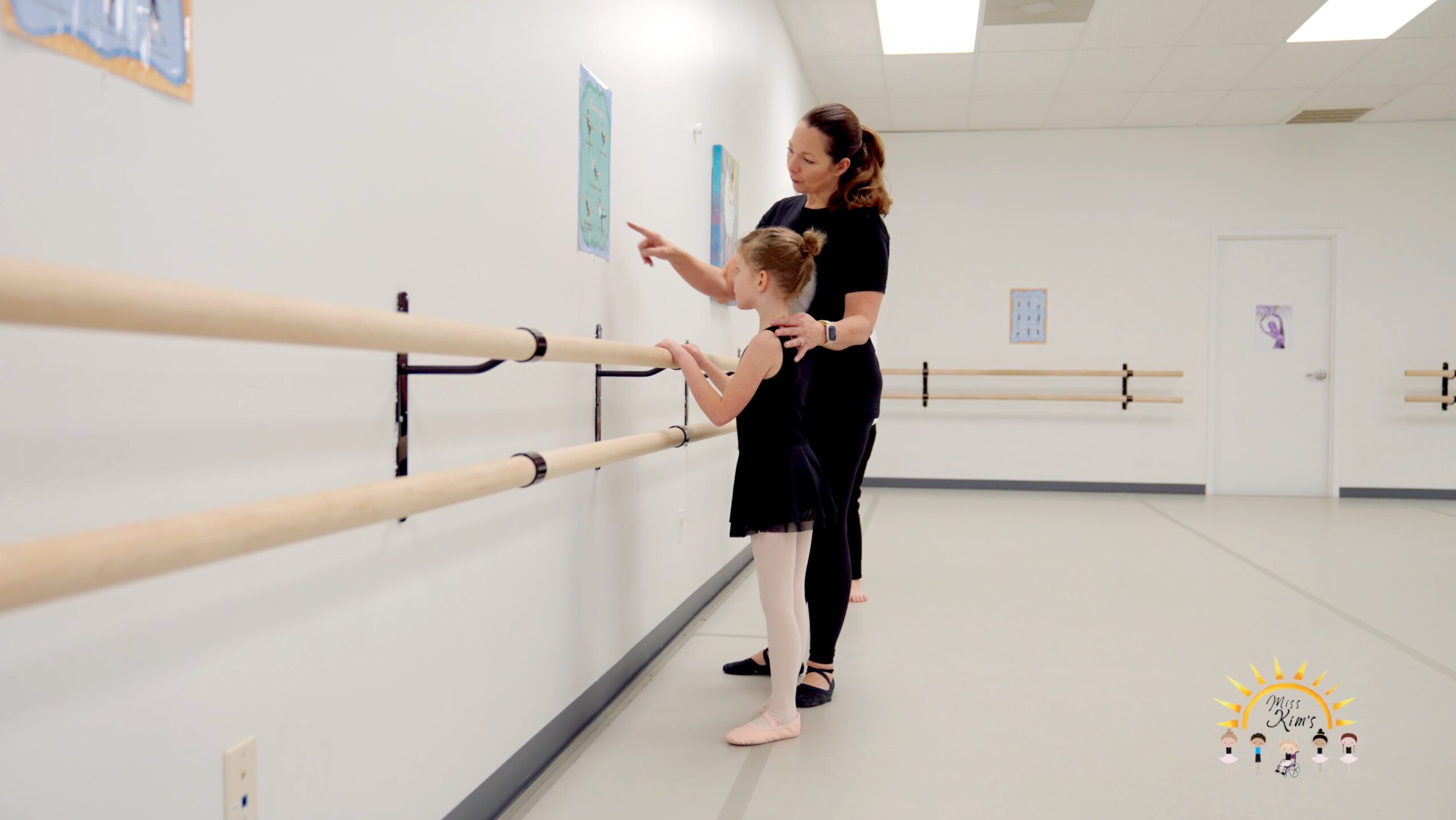
Rising inflation brings confusion and uncertainty for small businesses. This quarter, 53% of small business owners stated that inflation is their largest challenge—a trend that has been consistent since this time last year, according to the U.S. Chamber of Commerce.
“Our enrollment is up 15% compared to last year, but what I’m seeing is that I have a lot of students taking dance, but they are not taking as many classes as they normally would. There is some hesitancy there, and I do think it’s related to inflation,” says Kim Black, owner of Miss Kim’s Children’s Dance and Arts in Burlington, North Carolina. The studio opened in June 2020 with close to 300 students and now has 985 enrolled this school year, all between the ages of 16 months and 11 years.

The good news, however, is that inflation levels have eased after peaking in the summer of 2022. The U.S. Bureau of Labor Statistics released its Consumer Price Index on November 12 this year, and it rose 3.2% for the 12 months that ended in October (down from 3.7% in September, and the lowest annual rate since March 2021). By raising interest rates, Federal officials are trying to get price increases to the 2% pace that was normal before the pandemic. In the meantime, studio owners have been creative when it comes to absorbing or passing along any additional costs they might be facing.
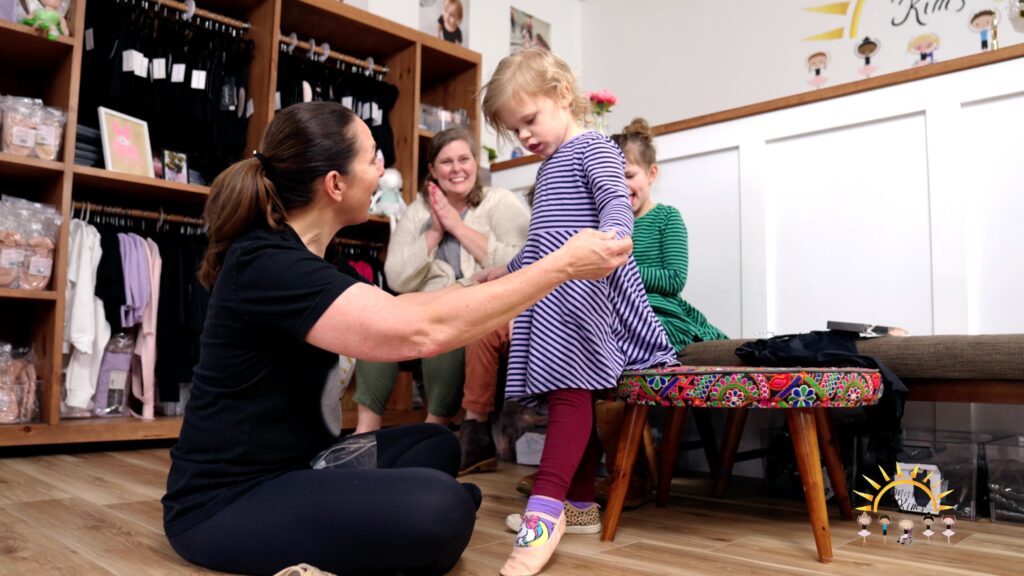
For example, Positions Dance Studio in Babylon, New York, has seen huge costume cost increases over the past few years, plus their recital venue doubled its fee last year. “We had to pass along some of that increase without also doubling ticket prices,” owner Kelly Peckholdt says, adding she raised ticket prices by $7, requiring an explanation for some families.
“We’ve had to make some small incremental increases to our fee structure because the prices for everything have gone up,” says Max Riesen, co-owner of Norwalk Metropolitan Youth Ballet in Norwalk, Connecticut. “A fear of recession, more so than a direct correlation to inflation, has also affected our fundraising in some ways, and we do depend on fundraising for our scholarship program. A lot of corporate funding has dried up, and corporate matching has cut back.”
Black also noted rising costume costs, but she was more shocked by theater-rental fees now that her studio has outgrown the church it had been using for performances. “My $75 recital fee is not really covering the venue, so I am going to have to look at whether I need to sell tickets, as well,” she says. She will hold 13 shows of a 30-minute Nutcracker and will have 20 shows during the spring recital.
Even with these adjustments, all three studio owners are optimistic about their business health and cash flow—something reflected nationwide in this year’s U.S. Chamber of Commerce’s Q4 report: 64% of small businesses say the overall health of their business is very or somewhat good, stable from levels last quarter (66%). And, 67% of small businesses say they are somewhat or very comfortable with their current cash flow, down only slightly (72%) from last quarter.
“We lost half our student body during COVID, but now we’re up to 110 students and they are all taking fuller course loads,” Riesen says, noting that this year was the first time that Norwalk Metropolitan Youth Ballet had to close enrollment for several classes because they reached capacity so quickly. Another factor in the school’s continued success is that Riesen meets with every single family during enrollment to talk about payment-plan options, registration and performance fees, and financial aid (discounted performance fees or work/study positions) or scholarship opportunities. “Everything is hand-tailored to each family,” he says.
Positions Dance Studio has also seen steady growth post-COVID. “We are lucky that our community continues to prioritize their children’s activities even when things get a little tough,” Peckholdt says. “I think we are going to see continued growth in our programs, and perhaps even have the need for more space in the coming few years.”

It’s important to stay the course during difficult seasons, such as inflation, recessions, and pandemics, Peckholdt says: “Always know how much it costs you to run a class, between utilities, payroll, props needed for class, etc., and be sure that your tuition is covering that. Our time is money, so don’t be afraid to make a living off of running your studio.”
And, make sure you are always conveying the value of dance and arts, Black says: “A parent can’t say no to that. They may have to cut things from their budget, but they’re always going to choose dance class if it brings their child joy. Keep doing what you do best, and just remember, there are always going to be 3- and 4-year-olds who want to dance.”

